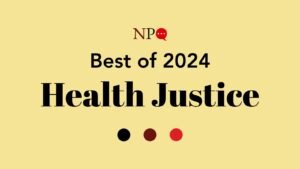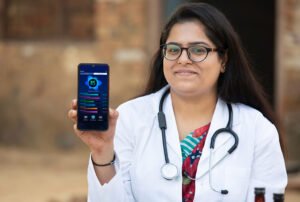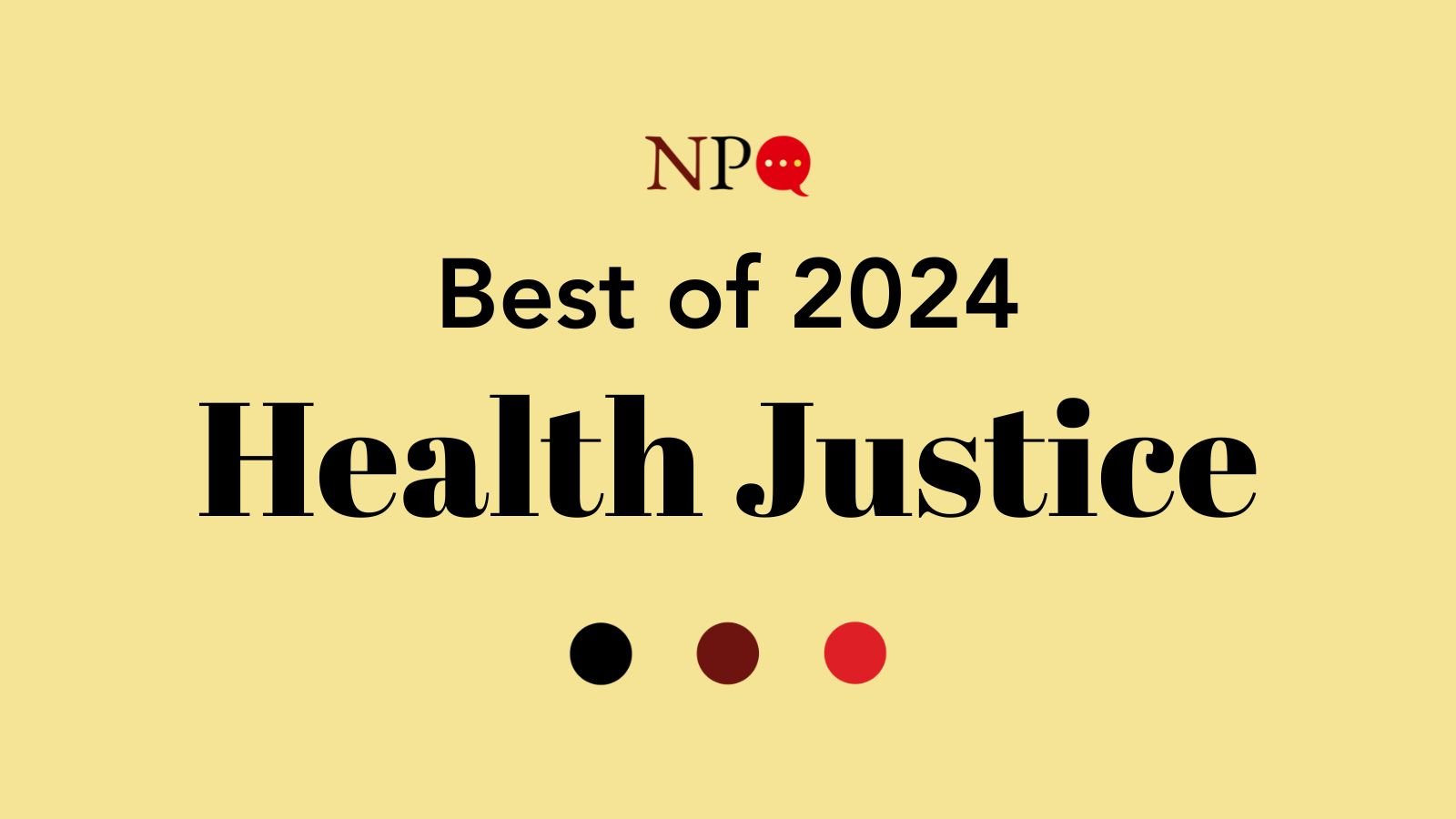
Decisions by the US Supreme Court, even momentous ones, can take years, even generations, to play out.
Not so for Dobbs.
Within weeks of the US Supreme Court’s infamous decision in Dobbs v. Jackson Women’s Health Organization, in which the court overturned the decades-old precedent of a constitutional right to abortion codified in Roe v. Wade, a slew of states moved to enact bans or severe restrictions on abortion.
Now, little more than a year since that decision, some two dozen states have banned most or all abortions.
But if the effect Dobbs had on abortion laws in the states is clear, it’s been more difficult to know with precision how, where, for whom, and to what extent these bans have, in fact, affected abortion access.
The Aftermath of Dobbs
Tracking this ever-shifting landscape of abortion access is the mission of the Abortion Access Dashboard, a project of Middlebury College economics professor Caitlin Myers and her colleagues.
The dashboard, which launched in 2023, is arguably the most ambitious effort to date to portray the consequences of post-Dobbs policy in as close to real time as possible for women seeking abortion services across the United States.
The project is rooted in unique and hard-won datasets—data that, prior to this project, “just didn’t exist,” Myers tells NPQ. And the dashboard itself uses those datasets to track how long it would take the average person in a given locality to drive to their nearest (open) abortion provider. At the same time, it tracks the real-time availability of appointments. Together, the dashboard paints a picture of exactly how difficult it is for women across the country to access an abortion.
“There were a lot of people saying that anecdotally they were hearing that driving [time] was this really important dimension of access for people seeking abortion services,” Myers says. “But we didn’t have as much quantitative evidence.”
“This is the biggest change in abortion access in 50 years.”Meanwhile, another major factor—appointment availability—was also poorly understood and quantified.
Utilizing research students, Myers cobbled together such data, allowing her and her colleagues an unprecedented glimpse into at least two crucial factors—distance and availability—shaping women’s access to abortion services.
By regularly updating that data based on the rapidly changing conditions on the ground, Myers and her team have been able to track how those changing conditions—from the passage of new laws to clinics closing to appointments booking up—affect women’s real-time access to such services.
Crucially, the project was launched before the Dobbs ruling, allowing Myers and other academics to effectively watch as abortion access plummeted around the United States.
“I just really wanted to be able to describe, succinctly, the meaningful ways in which abortion access is changing in this moment of epochal transformation,” says Myers. “This is the biggest change in abortion access in 50 years. And I wanted to be able to describe what’s happening to driving distances and what’s happening to appointment availability as these bans play out.”
“How these [abortion] bans affect you really depends, crucially, on who you are and where you live.”
A Shifting Landscape of Access
It’s no surprise that the spate of abortion bans passed by states in the wake of Dobbs resulted in diminished abortion access for women in those states. But exactly how that has played out, what populations it has most affected, and what that diminished access actually means for women seeking abortion services are far more nuanced questions—ones the Abortion Access Dashboard seeks to help answer.
Sign up for our free newsletters
Subscribe to NPQ's newsletters to have our top stories delivered directly to your inbox.
By signing up, you agree to our privacy policy and terms of use, and to receive messages from NPQ and our partners.
“This is a situation where we don’t have…three years. [That’s] too late for the information we’re trying to track,” Myers says. “We need to track this as close to ‘live’ as we can.”
Among the primary findings of Myers and her collaborators, with data bearing out anecdotal evidence, is that driving distances matter profoundly in people’s ability to access abortion services.
“The anecdotal evidence is absolutely true and that even distances that might not seem like a big deal to some people—like 100 miles—prevented about a fifth of people seeking abortions from being able to reach somebody,” Myers notes.
If a second, equally important insight has come out of the dashboard, it is the story about inequality and the various forms it takes across the United States. “How these [abortion] bans affect you really depends, crucially, on who you are and where you live,” Myers says.
People living in states where abortion access had already been severely curtailed before Dobbs, in some cases, saw little change in their ability to access such services.
“People leaving ban states are hitting a relatively small number of providers on the frontline.”“For instance, states like Missouri,”—the first state to pass a near-total abortion ban after Dobbs—“where they were already down to one [abortion] provider, had almost no change in access as a result of this ban,” notes Myers.
Other states—especially those surrounded by other states that have passed similar bans, saw profound changes in access. When it comes to the travel required to access abortion services, Myers adds that “states like Texas and Louisiana have residents who have experienced increases of hundreds and hundreds of miles.”
Meanwhile, the project has helped paint a picture of what these shifting burdens mean for providers of abortion services, especially those located at the “borders” of huge swaths of the United States where abortions have been banned.
“So, what we’re seeing…is that people leaving ban states are hitting a relatively small number of providers on the frontline of so-called haven states to receive them,” says Myers. “And those providers have, in many places, struggled with appointment availability. Not in all places, but we saw it in Kansas, we saw it in New Mexico. This project is documenting that.”
If it’s part of the job of advocates to gauge and communicate the big picture when it comes to abortion access in a post-Dobbs world, the Abortion Access Dashboard is an academic project meant to drill down into what the changing abortion access means at the smallest levels, not just state to state but county to county, across the United States.
The findings from this ongoing project may help inform policy decisions, political mobilization strategies, and abortion service provider decisions.
But they will also help chronicle the story playing out in real time, right now, of a landscape of inequality when it comes to abortion access in the United States—a story that is far from over.












